Some of the most popular walking routes in the west of Scotland were originally coffin roads.
But what can they teach us about how we approach death in the 21st century?
Michael Alexander speaks to retired St Andrews University academic and minister Professor Ian Bradley who discusses the matter in his new book.
They were the ancient tracks along which bodies were carried on their way to burial in remote graveyards.
The coffin roads, which criss-crossed the Highlands and islands, often passed through some of the most wild and spectacular scenery in Scotland.
From the original coffin road in the Kilmartin Valley to the ‘Street of the Dead’ on Iona, and from the Island of Graves in Ardnamurchan to the Piper’s Cairn on Eigg, these ancient ways give clues to oft forgotten Hebridean and West Highland attitudes to dying, death and the afterlife.
Customs included three-day wakes, the singing of the death croon and belief in ‘premonitions’ of death experienced by those gifted with ‘second sight’.
But after more than a century when death has been very much a taboo subject, can we learn anything from these centuries-old funeral practices to help us handle mortality in the 21st century?
‘Community’ approach to death
Retired academic and minister Professor Ian Bradley thinks so.
The Emeritus Professor of Cultural and Spiritual History at the University of St Andrews has explored the practices in his new book The Coffin Roads: Journeys to the West.
While death and funerals today tend to be “sanitised, professionalised and privatised” with people dying in hospital side rooms and their bodies whisked away by undertakers, death in days gone by was much more part of everyday life and the rituals were far more public.
“Obviously the whole idea of the long journey on the coffin road made more sense of death as a gradual journey, not a sudden thing, and people would prepare for death in these communities,” says Professor Bradley in an interview with The Courier.
“Friends and neighbours would come in.
“Most people would die at home which is very different to us where most people die in hospital.
“But everyone would be prepared for it and you’d have these very public rituals.
“Before you had the long journey on the coffin road, you’d have the body lying in the house with a dish of salt on the breast.
“Now there are various theories about this – was the salt a disinfectant? Was it to keep evil spirits away?
“But you also had professional women coming in to sing death croons over the dying person.
“People would come in. They’d sit with the body. They would chat.
“They would often have a dram or more than one dram. And then you’ve got everyone coming out for this great procession to the graveyard.
“The men would do the carrying. The families would dig the graves. People are involved. It gives them something to do when they are grieving and mourning and the whole community would come out.”
Healthier approach?
Professor Bradley takes the view that this public approach to death was perhaps “healthier” than our modern structures, because today, death itself and most of the grieving processes around it are largely private.
In the old customs of the Highlands and islands, there was also much more of a connection between the landscape and the dead.
“People wanted to go back to their resting place in the land and this was more natural, more gradual and helped people to grieve,” he says, adding that some of these practices have lingered on Barra.
It’s a subject that interests him today with a growing interest in natural funerals – where people choose to be buried in wicker baskets rather than wooden coffins.
Historically, cremation tended not to happen in the Highlands and islands because there was plenty of space.
But another growing issue today is the lack of space in many graveyards.
When he was writing his book, he recalls a day when the front page of the Fife edition of The Courier reported that 10 of Fife’s cemeteries will be full by the end of this decade and that all of the region’s graveyards will be full by the end of the century.
“There are some aspects of traditional Highland and Hebridean practice which are clearly not applicable to the mainland, he says.
“The rise of cremations across the United Kingdom has been inexorable and seems certain to continue.
“They accounted for just 0.2% of funerals in 1920. By 1970 the proportion was up to 42% and in 2020 to 71%.
“It is hard to see any reversal in this trend. The land for burials is just not available.
“But it’s also true that in increasingly opting for cremation we are returning to the practice of our prehistoric ancestors.
“The earliest burials in the Kilmartin Valley were of cremated remains rather then corpses.”
Popular walking routes
Many of the west coast coffin roads are now popular walking and cycling routes.
In his book, Professor Bradley journeys along eight coffin roads to discover and explore the distinctive traditions, beliefs and practices around dying, death and mourning in the communities which created and used them.
The result is a fascinating snapshot into place and culture.
Routes covered are The Kilmartin Valley; The Street of the Dead on Iona; Kilearnadil Graveyard, Jura; Morvern to Keil Church, Lochaline; The Green Isle, Loch Shiel, Ardnamurchan – the oldest continuously used burial place anywhere in Europe; the coffin road on Eigg – with its distinctive ‘piper’s cairn’ where the coffin of Donald MacQuarrie, the ‘Great Piper of Eigg’, was rested; Traigh Losgaintir to Loch Stocinis on Harris – popular with walkers and taken as the title for a best-selling thriller by Peter May, and the coffin road on Barra.
Professor Bradley doesn’t go into it in the book, but he recently identified a small coffin road closer to home from Blebo Craigs to Kemback in Fife, and he’s also aware of old routes linking Highland Perthshire with the west coast.
But how did he get interested in the subject to begin with?
Family connection
“Two reasons really,” he says.
“One was really through my interest in the island of Jura where my great great great grandfather was minister and my mother – her family came from Jura.
“I have done quite a few locums in the church on Jura.
“I started reading up on these amazing accounts of funerals in Jura – some of them I quote in the book – where you have people walking for miles and miles, obviously some of them carrying the coffin.
“I think that was what first got me into it.
“And then I was obviously interested the Street of the Dead on Iona.
“I’m writing quite a bit about death at the moment and our views of death and how we grieve and how we mourn.
“One of the things I’m saying is that I think there are things here that could help us now.
“We’re not always terribly good at grieving and I think we tend to shut death away and make it very private and the great thing about the coffin roads and everything that went with them is that it was very much involving the whole community, was very public.”
Highlands and islands practicalities
Professor Bradley explains how the coffin roads were particularly practical in the Highlands and islands because communities were disparate and the graveyards few and far between.
Highlanders and Hebrideans in particular wanted to go back to be buried where they had come from.
With few proper roads, coffin routes were reserved for this rather solemn and important task of carrying the coffin – especially for chieftains.
But the routes represented a ceremonial side too.
There would be quite a lot of rituals associated with the routes and cairns were established along the way.
Six to eight men usually carried the coffin in relays.
But he quotes one procession from Gairloch to Beauly that took a week.
The young wife of a laird died at the age of 23 in child birth and 1000 men volunteered to carry her coffin back to the graveyard.
There were lots of superstitions too. People with ‘second sight’ in the Highlands would often see phantom funeral processions on coffin roads which was often seen as an omen of a death in the community.
“There’s a lot of rich stories and myths associated with them, but in essence they are just a practical way of getting coffins carried over often very remote and rough ground to the nearest graveyard.”
Modern times
The creation of proper roads and latterly motorised transport eradicated the need for coffin roads.
But the last place to have them was the island of Barra.
“They didn’t have a hearse until about the 1980s,” he says.
“When the girl from Barra (Eilidh MacLeod) was killed in the Manchester bombing a few years ago, her coffin came by plane and was carried from the beach up to the church very movingly.
“In the Western Isles to some extent they still carry the coffins into the graveyards.
“But of course now because there are roads and most places have got hearses, there’s much less.
“Barra is probably one of the last places where these traditions still remain, but even this is fading into history.
“Many of the roads are now promoted as tourist walking routes.
“I think the coffin roads have something of the appeal of the pilgrim routes actually because they bring in a kind of spiritual awareness.
“They’ve got the historical and the folklore connections, and they are connecting people to their ancestors.”
Where to get the book
The Coffin Roads: Journeys to the West by Ian Bradley is out now, priced £8.99 published by Birlinn.
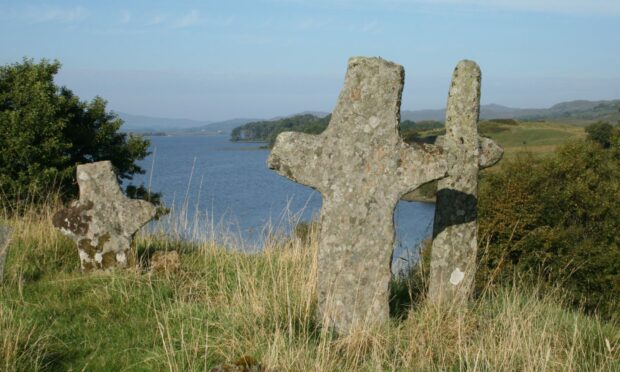

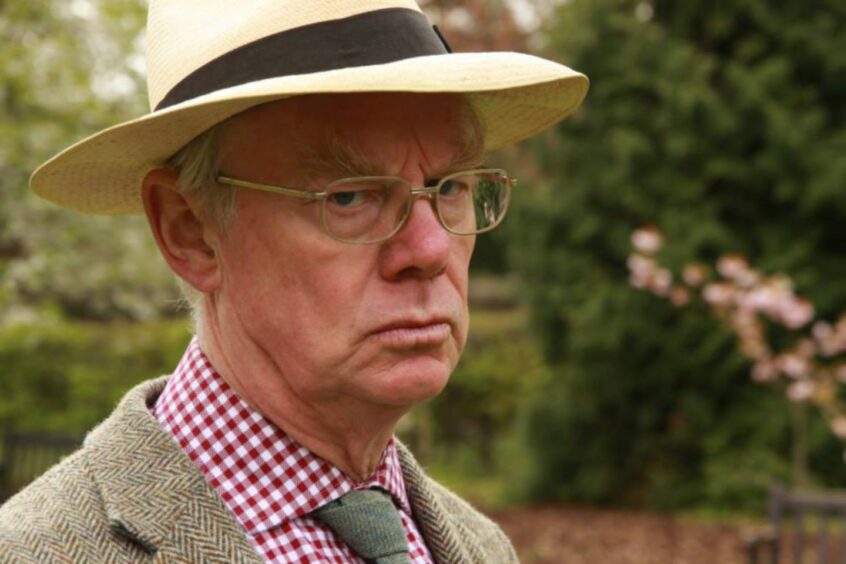

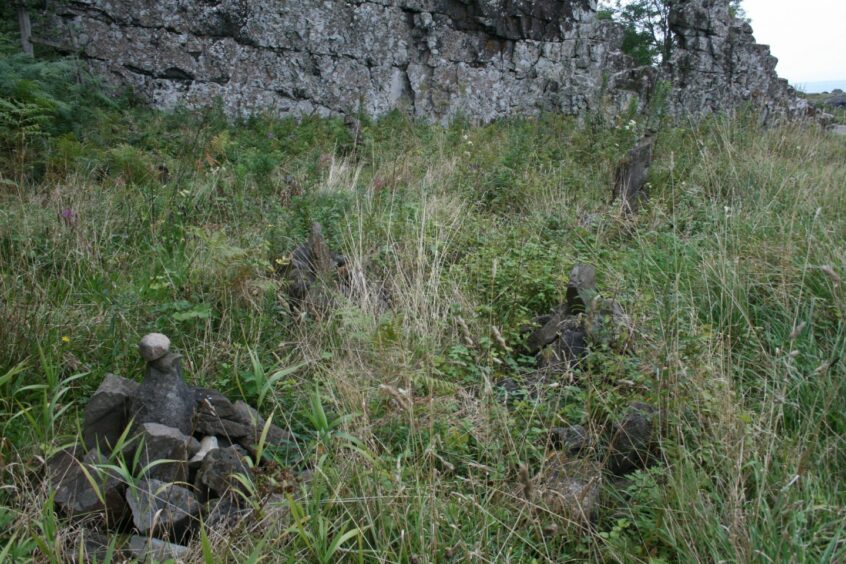
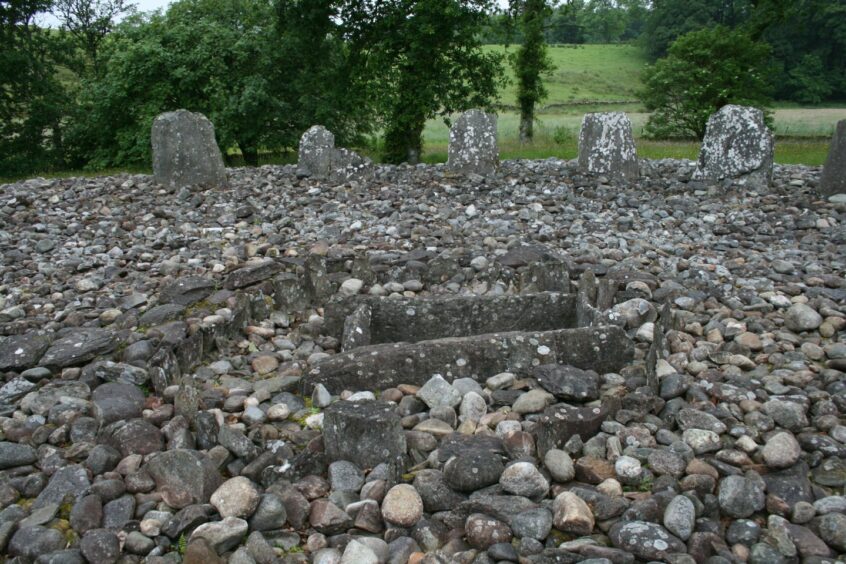


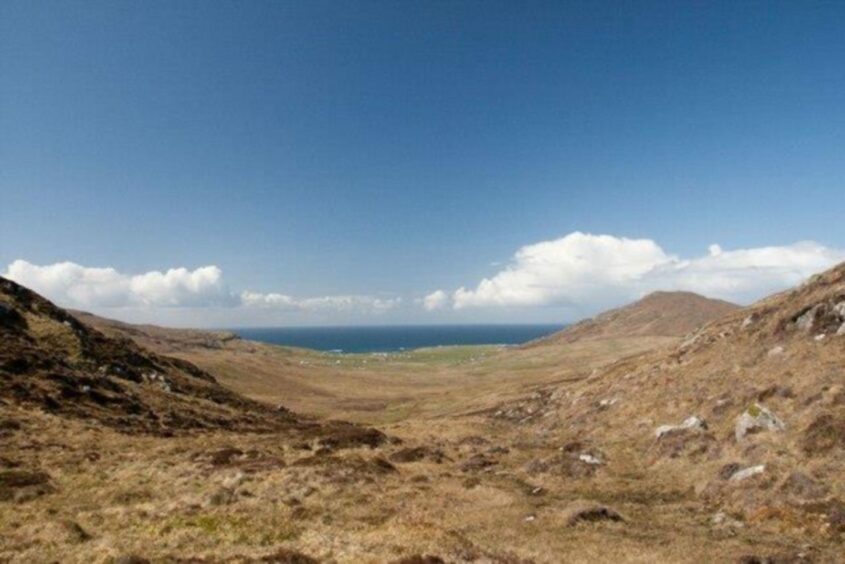











Conversation